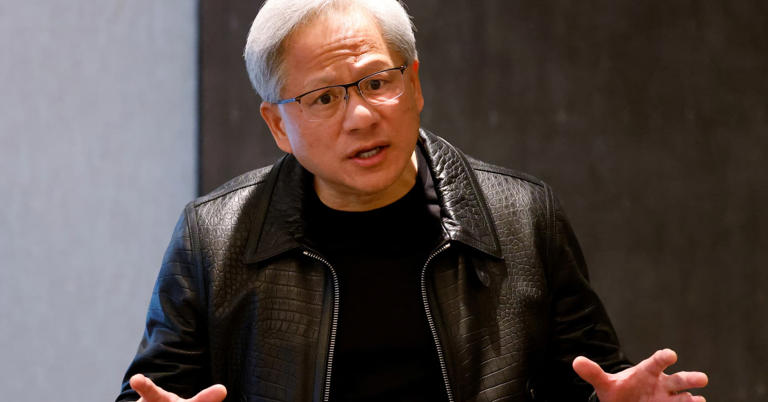Nvidia’s CEO, Jensen Huang, has garnered attention for his unapologetically tough leadership style, a trait he embraces as integral to driving extraordinary achievements within the company. Described by employees as demanding, perfectionist, and challenging to work for, Huang sees these characteristics as essential components of pursuing greatness. In a recent interview with “60 Minutes,” he affirmed that being a tough boss is necessary when aiming for extraordinary accomplishments, asserting that such endeavors should not be easy.
Huang’s management philosophy extends beyond personal interactions to encompass organizational structure. He deliberately maintains a lean hierarchy, with an unusually high number of direct reports, to prevent bureaucratic layers from stifling innovation and agility within Nvidia. While this approach may diverge from conventional leadership norms emphasizing empathy and collaboration, experts argue that it reflects the demands of running a global powerhouse like Nvidia.
Wladislaw Rivkin, an associate professor of organizational behavior, highlights Huang’s resilience as a key attribute honed through navigating the competitive landscape of the tech industry. Despite facing formidable challenges, including economic downturns and intense market competition, Nvidia has not only survived but thrived under Huang’s leadership. Rivkin suggests that Huang’s relentless drive is essential for operating at such a high level and enduring over three decades in Silicon Valley—a testament to his effectiveness as a leader.
Sankalp Chaturvedi, a professor of organizational behavior and leadership, underscores the role of Huang’s immigrant background in shaping his leadership style. Having experienced adversity firsthand, Huang approaches leadership with a task-oriented focus, prioritizing efficiency, and results. His upbringing instilled a belief in the value of hard work and perseverance, traits that inform his leadership approach and organizational mindset.
However, while Huang’s approach may have yielded success, experts caution against overlooking the importance of empathy and employee well-being. Rivkin suggests that prioritizing the holistic needs of employees, beyond their roles as workers, could enhance Huang’s leadership effectiveness. Chaturvedi emphasizes the inherent challenges of balancing task-oriented leadership with the demands of maintaining interpersonal relationships and fostering employee engagement.
Furthermore, Huang’s management style, characterized by a high degree of control and oversight, may pose logistical challenges as Nvidia continues to grow. With an extensive roster of direct reports, Huang faces the daunting task of effectively managing and coordinating various aspects of the organization—a potential obstacle to sustaining long-term success.
Ultimately, while Huang’s tough leadership style has proven effective in attracting and retaining talent at Nvidia, experts caution that it may not be universally applicable. In a competitive job market, prospective employees may gravitate towards organizations with more empathetic leadership styles, posing a potential challenge for companies reliant on a cutthroat approach to leadership. As Nvidia continues to evolve, striking a balance between task-oriented efficiency and employee-centric leadership may be essential for navigating future challenges and sustaining growth.
